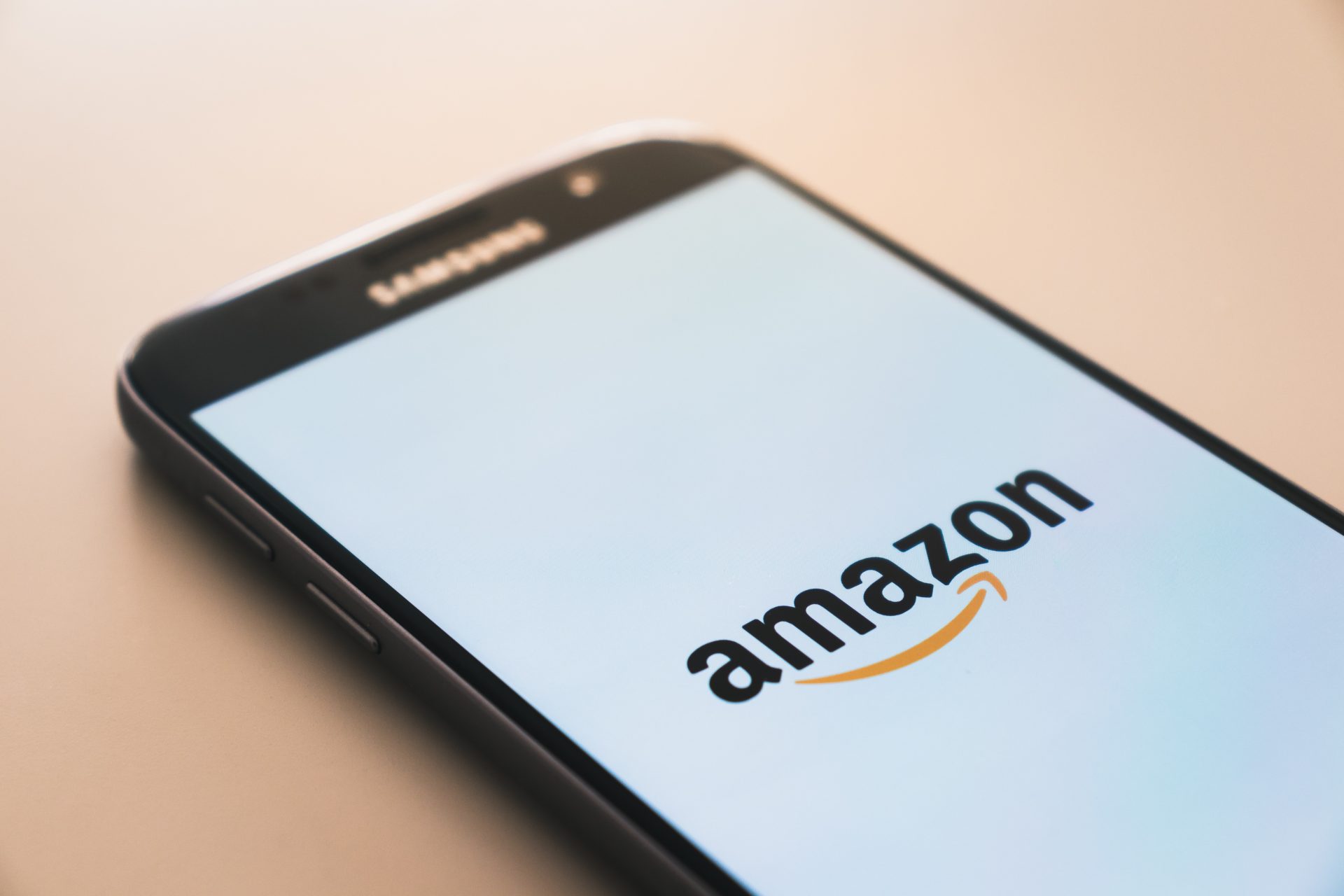The first prototype satellites of Amazon’s ambitious Project Kuiper have demonstrated controlled maneuvering in orbit, the company announced. The spacecraft’s electric propulsion system underwent a battery of tests in orbit, providing vital information that helped confirm the satellite’s design. These tests met Amazon’s specifications, so the Project Kuiper team is well on its way toward realizing its multibillion-dollar goal of constructing a massive satellite constellation to bring broadband internet access to millions of people around the world.
The goal of Project Kuiper is to deploy 3,236 satellites in a constellation that will dramatically improve broadband internet access. Amazon’s KuiperSat 1 and 2 prototypes have been in orbit for a while now, and early next year they plan to launch the first operational satellites. As early as the end of 2024, beta service to select enterprise customers may begin. At least half of the satellites must be in orbit by mid-2026, as mandated by the Federal Communications Commission.
Amazon is putting in extra effort to ensure the hardware, software, and ground-based facilities will all work as planned in order to meet this aggressive deadline. Amazon now has the knowledge and confidence to move forward with their satellite project thanks to recent successful maneuvering tests.
The Propulsion System: A Breakthrough in Design
Project Kuiper’s propulsion system is crucial because it allows for precise orbital adjustments and guarantees the satellites can be safely destroyed when their service lives are up. Using Hall-effect thrusters, solar-generated electricity, and krypton propellant, the Kuiper team in Redmond, Washington, has created a custom propulsion system for Amazon.
Project Kuiper’s VP of Technology Rajeev Badyal spoke highly of the custom thrusters’ contribution to space safety and sustainability. Amazon’s belief that all satellites above 400 kilometers should have effective maneuvering capabilities was bolstered by the successful use of these thrusters during the maneuvering tests. To further improve the security and reliability of operations in low Earth orbit, Amazon promotes the idea that satellite operators should share data on spacecraft maneuvers.
Despite the progress made, Amazon’s Project Kuiper is lagging behind SpaceX’s Starlink broadband satellite network, which has over 2 million subscribers. SpaceX has a factory in Redmond, Washington where it produces Starlink satellites, not far from Amazon’s Project Kuiper headquarters. While both use Hall-effect thrusters in their satellites, SpaceX’s newer “V2 Mini” satellites use argon propellant because it is cheaper than krypton.
Amazon’s dedication to creating a reliable satellite network persists in the face of intense rivalry. In the race to provide worldwide broadband internet access, Project Kuiper stands out as a serious contender thanks to the company’s dedication to space safety and sustainability, as exemplified by its unique propulsion system.
Strategy and Prospects
Now that their satellite design has been verified through maneuvering tests, Amazon is preparing for mass production of Kuiper satellites. By the end of the year, production will begin at the company’s factory in Kirkland, Washington, with the aim of eventually reaching a rate of up to four satellites per day.
The launch of the first operational satellites and the subsequent beta service to enterprise customers mark significant milestones in the Project Kuiper timeline. Amazon’s continued dedication to innovation, space safety, and expanding broadband internet access to underserved communities around the world remains unchanged as the company works toward fulfilling the FCC’s requirements for satellite deployment.
See first source: Geekwire
FAQ
What is Project Kuiper, and what is its main objective?
Project Kuiper is Amazon’s initiative to deploy a massive satellite constellation in orbit to provide broadband internet access to millions of people worldwide. Its primary goal is to dramatically improve internet connectivity, particularly in underserved areas.
What recent achievement has Amazon announced regarding Project Kuiper’s prototype satellites?
Amazon has announced that the prototype satellites of Project Kuiper have successfully demonstrated controlled maneuvering in orbit. This achievement is a significant step toward realizing the project’s ambitious goals.
Why is the propulsion system of Project Kuiper’s satellites essential?
The propulsion system is crucial because it allows for precise orbital adjustments and the safe disposal of satellites when their service lives are over. It ensures that satellites can be maneuvered effectively in space.
What technology does Project Kuiper use for its propulsion system?
Project Kuiper’s propulsion system utilizes Hall-effect thrusters, solar-generated electricity, and krypton propellant. This combination enables precise orbital maneuvers and contributes to space safety and sustainability.
How does Amazon plan to meet its satellite deployment deadlines set by the Federal Communications Commission (FCC)?
Amazon is putting extra effort into ensuring the hardware, software, and ground-based facilities work as planned to meet the FCC’s aggressive deadlines. Successful maneuvering tests have provided the knowledge and confidence needed to move forward with the project.
How does Project Kuiper compare to SpaceX’s Starlink broadband satellite network?
While both projects use Hall-effect thrusters in their satellites, SpaceX’s Starlink network is currently ahead in terms of subscribers. However, Amazon’s dedication to space safety and sustainability, as demonstrated by its propulsion system, positions Project Kuiper as a serious contender in the race to provide worldwide broadband internet access.
What are Amazon’s plans for mass production of Kuiper satellites?
Amazon plans to begin mass production of Kuiper satellites at its factory in Kirkland, Washington, by the end of the year. The goal is to eventually achieve a production rate of up to four satellites per day.
What are the upcoming milestones for Project Kuiper, and how does Amazon plan to fulfill the FCC’s requirements for satellite deployment?
Project Kuiper aims to launch its first operational satellites and provide beta service to enterprise customers in the near future. Amazon remains dedicated to innovation, space safety, and expanding broadband internet access to underserved communities as it works toward meeting the FCC’s deployment requirements.
Featured Image Credit: Photo by Christian Wiediger; Unsplash – Thank you!










